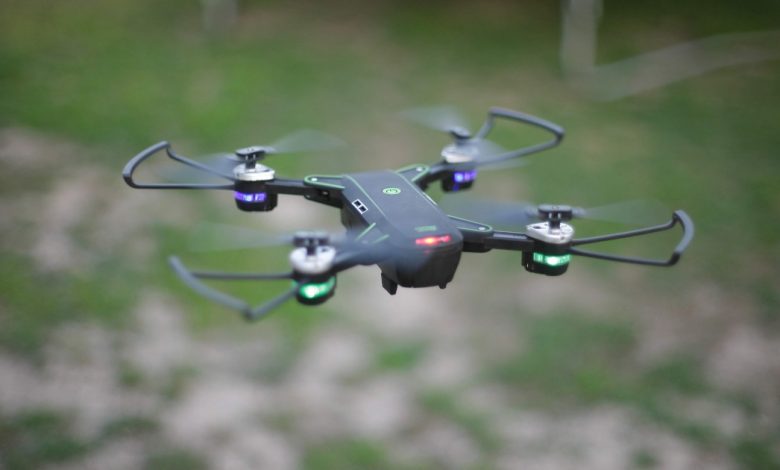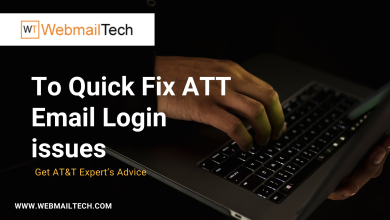Flying A Drone For The First Time? Here’s What You Should Know

Since drones became commercially available to the public, their popularity has increased gradually. And if you’re reading this, you most probably have bought yours too, and you’ll likely spend hundreds of hours flying it. Still, you don’t just take your first drone flight without making a few preparations.
An untrained drone pilot is a dangerous one – not only to themselves but also to the people and property.
Things To Consider When Taking Your First Drone Flight
Before charging up the batteries and taking the first flight, check out some of the things you need to know for your first drone flight.
- Register Your Drone With The FAA
From aerial photography to drone surveillance, any drone that weighs 0.55 pounds or more must be registered with the FAA. The registration process is relatively easy. You start by creating an account on the FAA DroneZone site and enter your postal address, e-mail, model details of your drone, and the $5 registration fee.
By doing so, you’ll receive a serial number, which you’ll need to get your drone verified. This registration will allow the FAA to identify the drones. It can also track back the owner involved in an accident or if they’re using the drone for nefarious purposes.
- Look Into The Government’s Regulations On Drone Flights
In the United States, the few basic drone flight guidelines include:
- Fly at the height of 400 feet or less
- Fly within line-of-sight at all times
- Avoid flying near airports
- Don’t fly too close to people
- Avoid flying over or near stadiums or sports events
- Don’t fly near emergency circumstances like road accidents or building fires
- Don’t fly when intoxicated
- Be mindful of restricted areas
- Fly-In Vast, Open Areas
Flying drone, say, a surveillance drone for the first time, you’ll need to ensure you have enough space for your first few flights. Search for a broad open area clear of obstacles, rivers/lakes, or radio interference sources. Stay clear from trees and electrical cables as all it takes is a gust of wind for you to lose control and crash your drone into them.
- Don’t Forget To Check The Batteries
Another aspect to take into consideration of a drone is its battery capacity. Running a drone with a low battery while in the air poses a severe risk. Since these devices don’t simply drift to the surface when the power depletes; instead, they stop and crash down.
- Keep The Weather In Mind
One thing to be aware of when piloting a drone is the weather. Drones have no protection against rains or extreme hot/cold weather, which can cause your drone’s battery to malfunction. Check your battery’s operating temperature to be sure.
Final Thoughts
Flying a drone is quite exciting, and a thrilling experience since its applications are limitless; from filmmaking and photography to providing aerial robotic security, it has a lot to offer. But, before we get too excited about piloting these aircraft, take some time to get to know your drone and understand the safety regulations.
You might want to look into companies like Formenton Security Group if you’re interested in learning more about the legal protocols of flying a drone.






